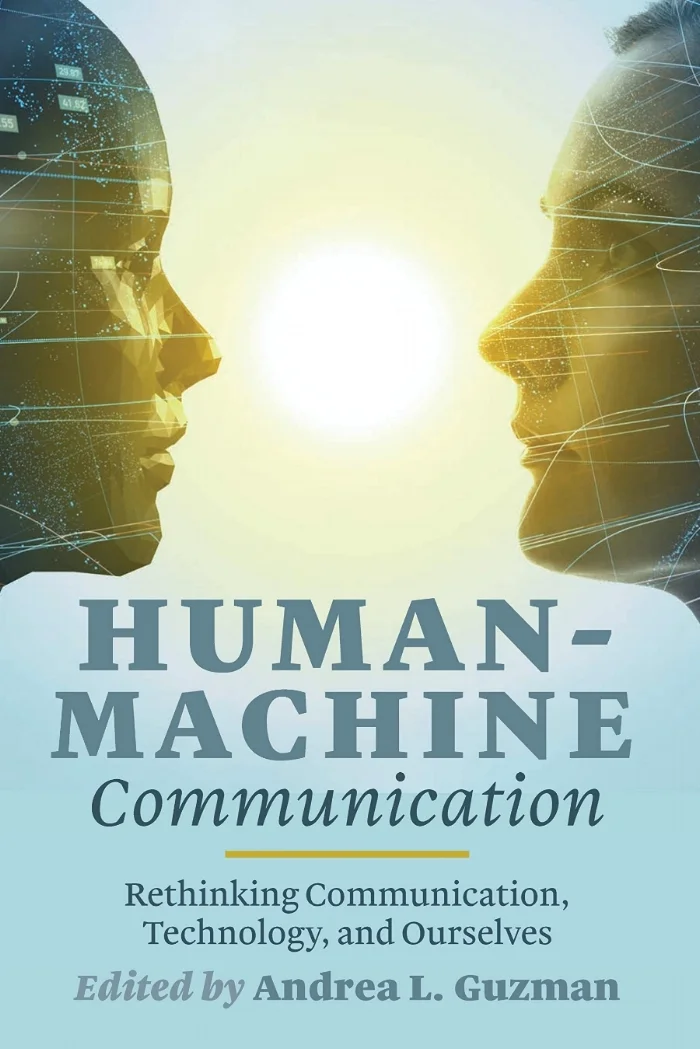Voice Assistants
Co-authored with Miriam Sweeney and under contract with Polity Press. Expected publication: 2026.
The SAGE Handbook of Human-Machine Communication
Andrea L. Guzman (Northern Illinois University), Rhonda McEwen (University of Toronto), Steve Jones (University of Illinois - Chicago) - Editors. The SAGE Handbook of Human-Machine Communication includes 68 chapters from leading scholars worldwide regarding the historical and theoretical trajectories, methodological aspects, and applications of HMC research. The Handbook is relevant for anyone seeking to learn more about Artificial Intelligence, social robots, chatbots, algorithms, chatGPT, automated journalism, bots, and other advanced technologies in areas such as communication, media, journalism, art, marketing, advertising, commerce, healthcare, transportation (automobiles, space), and religion. The Handbook also examines larger social and cultural implications regarding the design of communicative technologies and people’s interactions with them, including questions of law, ethics, and individual and collective identity. The text is essential for anyone studying people’s interactions with technologies (HCI, HRI, and HAI) and serves well as a comprehensive textbook in upper-level undergraduate and graduate courses.
The SAGE Handbook of Human-Machine Communication is available in print and digital format for individuals and institutional subscriptions.
Human-Machine Communication: Rethinking Communication, Technology, & Ourselves
Cover for Human-Machine Communication
From virtual assistants to social robots, people are increasingly interacting with intelligent and highly communicative technologies. This shift from communicating with people to communicating with machines challenges how scholars have theorized and studied communication.
Human-Machine Communication: Rethinking Communication, Technology, and Ourselves addresses this transition and the implications of this evolution for communication research. This book is an introduction to human-machine communication (HMC) as a specific area of study within communication (encompassing HCI, HRI, and HAI) and to the research possibilities of HMC.
Topics include: defining HMC, theoretical approaches to HMC, and applications of HMC. The research presented here focuses on people’s interactions with multiple technologies (artificial intelligence, algorithms, and robots) used within different contexts (home, workplace, education, journalism, and healthcare) from a variety of epistemological and methodological approaches (empirical, rhetorical, and critical/cultural).
Overall, Human-Machine Communication provides readers with an understanding of HMC in a way that supports and promotes further scholarly inquiry in a growing area of communication research.
